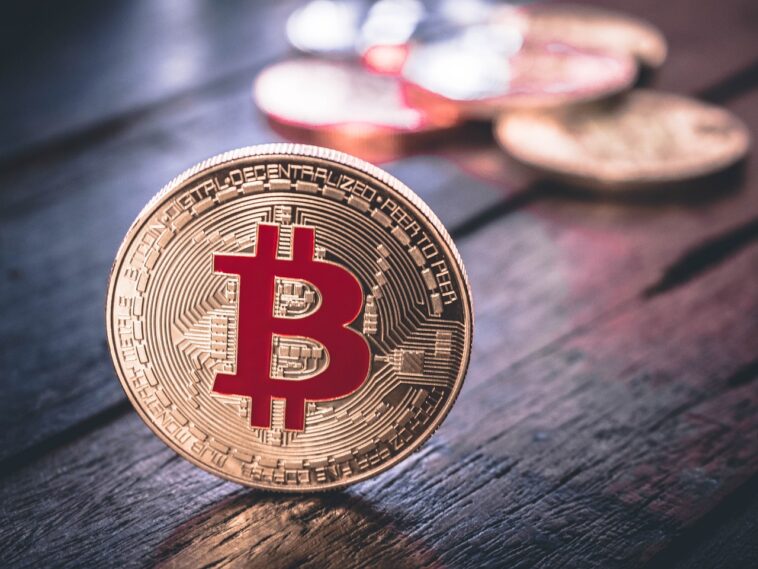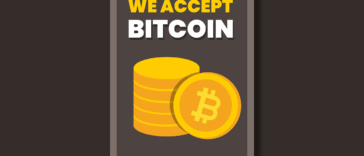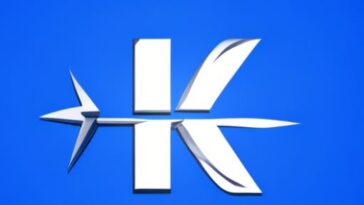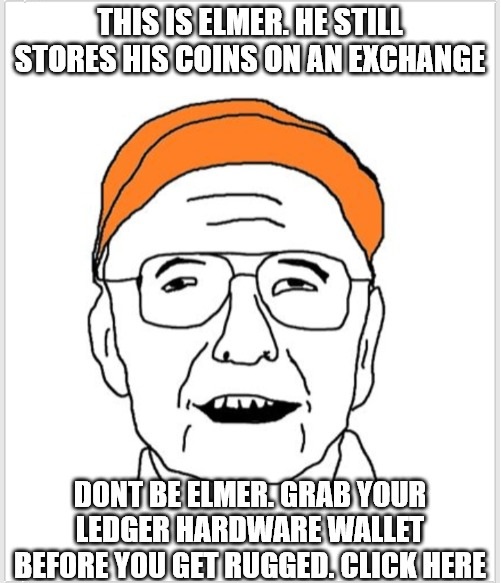
The interest of institutions in altcoins has increased, and Solana is now a major player despite having fewer transactions but a greater financial impact. MapMetrics, a pioneer in Web3’s drive-to earn navigation, is transitioning to peaq to take advantage of advanced decentralized features. The movements described above are part of an overall trend of technological innovation and strategic adaptions that is defining the future for digital assets in various sectors.
Contents
Investors expand their crypto portfolios by increasing exposure to altcoins
Institutional investors have begun to diversify their investment portfolios beyond Bitcoin and Ether by embracing alternative coins such as Solana. James Butterfill’s latest research report for CoinShares, written by the director of research on April. On April 24, there is a notable movement in favor of these less-known cryptos.
Based on the results of a survey conducted by 64 investors, with assets worth $600 billion in total, this report shows a growing interest in Solana. In fact, 15 percent of investors surveyed now have SOL as part of their portfolios, a significant increase from the January survey when none of those questioned reported holding SOL.
Crypto Market Allocations and Sentiments are Shifting
While Solana is experiencing a rise in institutional support, XRP has experienced a dramatic reversal. According to the survey, none of the respondents currently held XRP. This is a significant decline from the previous January holdings, despite minor inflows into XRP products of $1.3M in the week ended April. 19.
Solana is the third-ranked cryptocurrency in this survey with “the most compelling growth prospects.” Solana was viewed as a potential asset by almost 15% of the respondents, up from 10% just over a month ago. Bitcoin (BTC), a cryptocurrency backed by 41% investors, continues to be the most popular.
Ether (ETH), which is a cryptocurrency, comes in second place with slightly more than 30% of the respondents optimistic. This is a drop from 35%, which was the case in January. It signals a small decline in investor interest in ETH.
The Cryptocurrency Market is Growing.
This survey showed that the amount of crypto holdings within investor portfolios has increased from 1.3% to 3%. The survey started in 2021 and this is the highest number since then. This can be attributed to the institutional investors that have access to Bitcoin via U.S. exchange-traded funds.
Even though digital currencies are gaining in popularity, stocks remain the most popular asset class. They account for over 55 percent of the portfolio. Investment in digital assets is primarily motivated by the innovative technology of distributed ledgers. Since January, investors have increased the percentage of those who believe cryptocurrencies are “good value”.
Investor perceptions of regulatory challenges
The enthusiasm surrounding cryptocurrencies, however, is dampened by the significant barriers to entry, especially from a regulation standpoint. According to the survey, regulatory concerns are of major concern to investors who do not have cryptocurrencies yet in their portfolios.
Investors cite political and regulatory challenges as their biggest concerns. It’s still encouraging to see that investor concerns about volatility and custody are decreasing.
The Client Demand is on the Rise Despite Positive Prices
Butterfill noted a rise in the demand from clients for cryptocurrency, a trend that is usually correlated with favourable Today’s VIRAL LEVEL= MediumOrchid momentum. The general increase in the price of cryptocurrency since January has also boosted investor interest and confidence.
The market continues to be impacted by a complicated interplay between increased institutional allocations, regulatory obstacles, and changing investor sentiments. Traditional asset managers and hedge fund are increasingly incorporating cryptocurrencies in their investment strategies.
Cryptocurrency Networks Diverge – Tron, BSC and Solana Lead Activity and Ethereum and Solana in Value
The transaction patterns of various blockchain platforms can tell us a lot about their users, and how they are positioned in the market. Data from recent months shows a significant divergence in the number of addresses on networks such as Binance Smart chain (BSC) and Tron, while they are more active, and those like Solana or Ethereum which have fewer but larger dollars being sent.
Two Metrics: Activity and Value
Tron and BSC have become the most popular hotspots to transfer stablecoins. This is due to their high throughput and popularity. Retail traders and investors are attracted to these networks by their lower transaction fees, which facilitate smaller, more frequent transfers, which is conducive to daily trading. Tron, for example, maintains a token transaction fee that is attractively low, at around $2. This makes it a good option for frequent users.
When the emphasis is on dollar volume, Solana or Ethereum tell a very different tale. These networks host less transactions than Tron and BSC but the ones that are made have a much higher transaction value. The trend indicates that Solana is preferred today by large investors or “whales” who are moving substantial stablecoins in each transaction.
Whales and Solana
Whales’ preference for Solana is not just a sign of the robustness of Solana’s network, but it also shows its strategic significance in terms of market liquidity and impact. The large volume of stablecoins that move through the network is a result of these large transactions, and can increase Solana’s liquidity.
Comparing networks cater to different user bases
A bifurcation of the market for cryptocurrencies is evident by the stark difference in nature between the transactions made on networks such as Tron, BSC and Ethereum compared to Solana. The networks that are able to support large volumes of small transactions have carved out niches for retail participants. The high throughput of transactions and the lower transaction fees benefit this user base greatly.
Those networks which attract higher-value transactions are more likely to be attractive to institutional investors, financial institutions and other entities seeking greater liquidity and investment opportunities. The split affects not only how networks are used and perceived, but also the future development of applications and services.
The Strategic Implications of Network Growth
These trends will influence strategic decisions by network managers. Tron and BSC may continue to focus on improving the user experience, and lower fees in order to appeal to retail users. Solana or Ethereum, on the other hand, might concentrate more attention to improving their infrastructure in order to handle larger transactions, and maintaining network security and stability, both of which are crucial for maintaining investor confidence.
The choice of network will ultimately depend on the specific requirements of users, including transaction volume, intended usage, fee-sensitivity and network reliability. The diversification of the network’s use cases encourages a more healthy, competitive ecosystem. It can accommodate a variety of economic activities as well as user preferences.
MapMetrics is a pioneer in decentralized peer to peer navigation (DePIN). It has announced its plans to migrate to peaq from the Solana network. The shift represents a turning point in the navigation drive to earn landscape. It demonstrates the capabilities of the peaq blockchain as the premier layer-1 for DePIN, and Machine RWAs.
The New Peaq Home
MapMetrics, who originally used the Solana Platform, will now migrate all its smart contracts to peaq, as they are vital for their DePIN operations. The migration to peaq is more than just an upgrade in infrastructure. It’s a move that will allow MapMetrics to take advantage of the cutting edge technology peaq offers, such as peaqIDs and modular DePIN features. Brent van der Heiden (co-founder at MapMetrics) stressed the significance of this upgrade. He noted that peaq offers “stable transactions and machine data verification” as well as a DePIN ecosystem that is synergistic.
Drive Earnings through Innovation
MapMetrics redefines the way navigation apps function by offering users rewards for using their navigation dApp. The drive-to earn model, which is unique in the industry, can be further enhanced with a hardware device users may purchase that will ensure a more reliable and secure data exchange between dApps. The integration of blockchain into driving is not just a financial incentive, but it also enhances the accuracy and quality of location data.
Amazing Adoptions and Partnerships
MapMetrics’ user base has grown rapidly since its Android release. It now boasts over 55,000 global installations and is used by customers from 177 different countries. MapMetrics’ success has been further enhanced by Microsoft’s strategic partnership to improve its Bing Maps using data collected through the app. This helps update and expand the map areas with new geographical features and roads.
Peaq tokenization
MapMetrics will also mint its native token for peaq. The move not only utilizes peaq’s robust DePIN friendly economic model, but it also provides existing token holders a seamless option for converting their assets to the new system. Till Wendler expressed excitement about the migration. He stated that this “solidifies peaq’s position as the premier layer-1 for DePIN”, and emphasizes the importance of navigation to industries such as mobility and logistics.
The Multi-Stage Migrating Process
MapMetrics’ migration to peaq will be a multi-staged process, where it relocates its business logic to the peaq network. The comprehensive change includes deploying smart contracts to power the dApp, and introducing a peaq native token. This is a sign of a commitment to peaq’s ecosystem.
MapMetrics, by moving from peaq to its new technology platform, is not only changing the foundation of their business but also introducing a brand-new way that users can interact with navigation technologies. The migration will set new standards in the DePIN industry, encouraging a wider adoption of blockchain technologies in daily applications. MapMetrics’ plans are advancing, and the growth potential in the DePIN space is boundless. This future promises a world where users will not only be guided from A to B, but also rewarded for their travels.



















Comments
Loading…